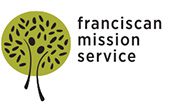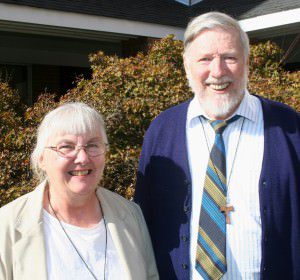The Experience of Working with People with AIDS
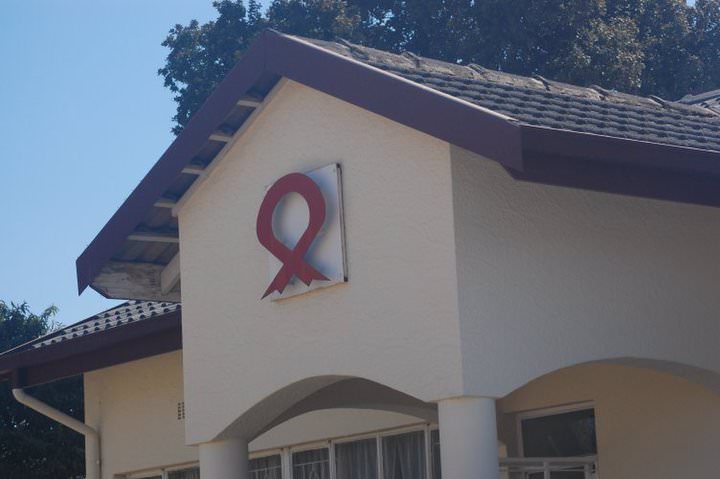
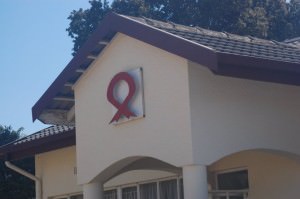 |
| The St. Francis Care Center in South Africa |
In the 10 years since the Constitutional Court ruled that it is a constitutional right of HIV-positive women to access health care which prevents mother-to-child-transmission, 327,000 children have not contracted HIV.
HIV care and treatment have come a long way. In 2002, an HIV-positive mother would pass on HIV to her baby about 30 percent of the time. Now, with better drug regimens being used, transmission of HIV from mothers to babies during or soon after birth in only about 4 percent of cases. The latest National Strategic Plan (2012-2016) aims to reduce this rate to 2 percent by 2016.
At the same time, nearly 2 million people are still being treated with antiretroviral medications. Despite the fact that the Constitutional Court provided the mechanism by which HIVcare and treatment were legally able to gain entry to the public health system, it has been the work of civil society and health care workers, and the dedication to make resources available for HIV treatment that has ensured that the judgement did not remain merely on paper.
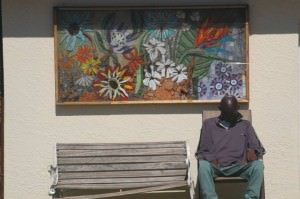 |
| Patient at St. Francis Care Centre |
The St. Francis Care Center with its two clinics and the hospice was one of the early treatment centers for people with HIV/AIDS. The medication provided to clients is provided by the South African government with subsidy from the United States PEPFAR program and other donors.
Tim and I have both worked at the clinic, which is similar to clinics in the United States with an emphasis on the dignity of the clients. Each person is greeted, the personal file obtained, their weight and blood pressure checked, and other measurements are sometimes taken. They are seen individually by a counselor and sometimes by the doctor. They are given their medication and sometimes a food supplement.
In the Care Center, people are admitted for treatment when they are referred by a doctor, family member, neighbor, employer or an interested person. Often they come in quite sick and sometimes they are during. They are made comfortable in a bed and seen by the nurses and the doctor. Their AIDS medications are continued and other medications are added to provide them comfort.
There are health care workers around the clock as well as nurses to contribute to the care. Most of my time at the Care Center is spent giving massages and doing “range of motion exercises.” The people who have some in have a variety of health problems in addition to AIDS. Some of them have had strokes and have paralyzed limbs. Others have had tuberculosis of the spine and are paralyzed in the lower extremities and possibly in all four extremities. Many of the patients can more their arms and legs but have nerve damage in their legs and feet from the AIDS virus or the medication taken to fight it. All of these persons seem to benefit from the massages and exercises.
While I am with each person, I like to talk with them a little while. I am more interested in listening to what they are experiencing and what they want to tell me. I also pray for each person as I massage them. I have become quite close to some of the patients, especially those who have been at the Center for quite a long time and those who are able to speak English easily.
When I am with them four days or more days a week, I come to identify with their concerns and pain. It is then a hard but happy time when they are discharged back to their home and family as I miss them. But it is much harder when the person you have known, perhaps for many months, dies at the Center.
There is a point in the illness when people seem to realize that they are not going to get well. They may say something like, “But I am a young person,” or, “I know that I am getting sicker.” It is at that point that there seems to be fear rather than when they are actually dying and are very quiet.
Cecilia and Tim Marcy are serving their second term as Franciscan Mission Service missioners. From 2004 to 2006 they served at the San Pedro Parish Medical Clinic in Sacaba, Bolivia. This holiday season, they return from South Africa to begin their returned, or lifelong, mission in the U.S. We have been blessed to have them representing us in the field.
Tagged in:
